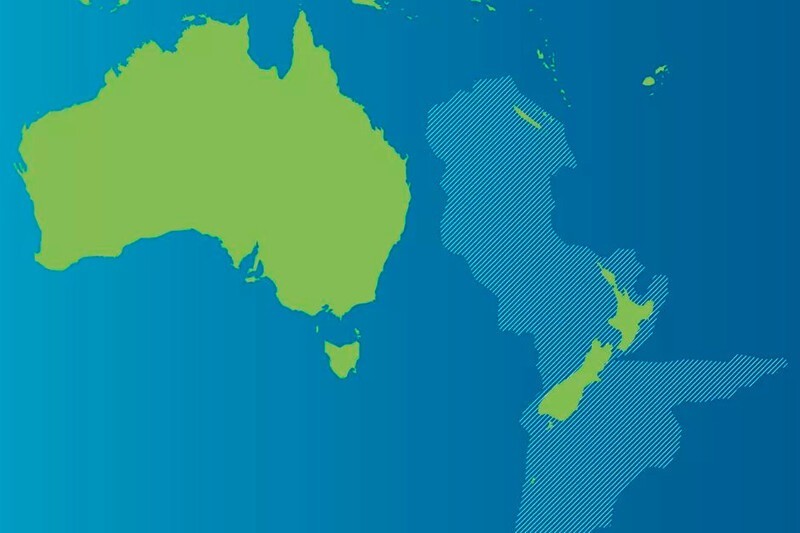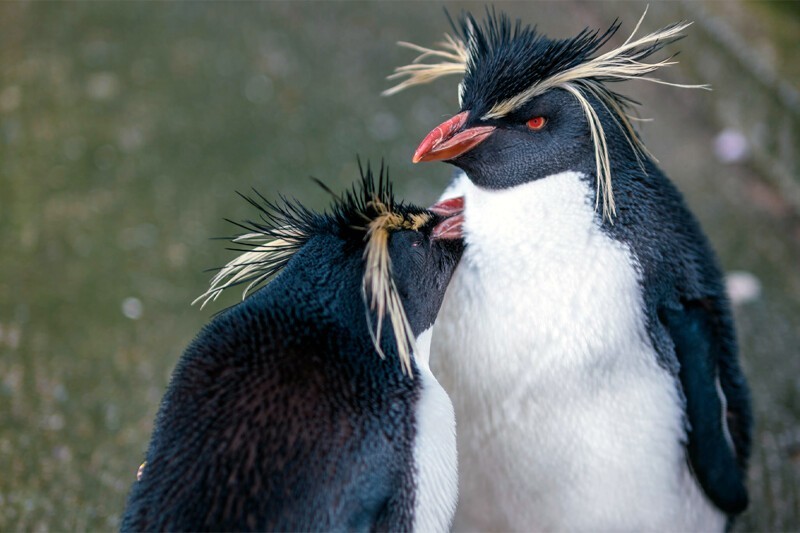In recent years, scientists have finally become convinced of the existence of another continent, in addition to those that are well known to everyone from the school geography course.
This prompted researchers to actively study the geological layers of this continent and make new discoveries. Most recently, the fossilized remains of one of the inhabitants of the flooded continent were discovered. Who lived on this earth?
sunken continent
Exploring the modern terrestrial land and modeling the processes of the origin of modern parts of the world, scientists a few years ago finally came to the conclusion that, from a geophysical point of view, New Zealand is a continent. More precisely, the land part of a large continent that sank about 50 million years ago. Once upon a time, a piece of land of 5 million square kilometers broke away from ancient Gondwana and became a separate mainland. But the birth of the Great Pacific Ring of Fire from a chain of hundreds of volcanoes led to the fact that Zeeland plunged to a depth of about a kilometer. Only the peaks of the highlands that are known today as New Zealand and New Caledonia remained on the surface. As a result of a series of deep-sea studies, scientists from the University of Queensland and the Schmidt Ocean Institute managed to outline a map of the flooded mainland.
Источник: https://fishki.net/3726549-kto-obital-na-zatonuvshem-vosymom-kontinente.html © Fishki.net
After that, paleontologists became actively interested in New Zealand. They decided to find out: who lived on the ancient continent?
fossil finds
Источник: https://fishki.net/3726549-kto-obital-na-zatonuvshem-vosymom-kontinente.html © Fishki.net
In the summer of 2020, a group of paleobiologists led by Professor Daniel Thomas managed to find the fossilized remains of the ancient penguins of sunken Zealand. At first, the researchers decided that the birds were found here after the flooding of the continent. Before that, the remains of crested penguins 7,000 years old have already been found in New Zealand. But a thorough analysis of the remains made it possible to establish that this bird species was found here 60 million years ago, when Zealand was still a full-fledged mainland. The best preserved fossils are at least three million years old. And they looked a little different. their discovery Scientists reported in August 2020 in the scientific publication The Royal Society.
Thin-beaked giants
Fossil remains have made it possible to reconstruct the appearance of the ancient Zeeland penguins, which were named Eudyptes atatu. Fossil birds were from two meters in size and had thin long beaks. Daniel Thomas suggests that there could be individuals up to three meters.
The mass and shape of the beak indicate that Eudyptes atatu fed differently from modern penguins. Apparently, on the sunken continent, he had an extensive food base and felt very at ease.
Ancestor of all penguins
Comparison of the found fossil remains with modern penguins allows scientists to assert that Eudyptes atatu was the ancestor of all penguins. Apparently, this species was originally formed precisely on the ancient Zeeland continent. After its flooding, the climate in the entire region changed due to geological activity. It has already become difficult for ancient penguins to exist here. The local population gradually died out. But some of the birds were forced to move to other continents and islands. There they had to adapt to different food and conditions, which affected the structure of the body and beaks. Scientists suggest that Zeeland should now be considered a so-called "biodiversity hotspot", i.e. the place where many modern seabird species originated. The flooding of Zeeland forced them to migrate, spreading to other parts of the world, and trying to survive in other, more severe conditions.



沒有留言:
張貼留言